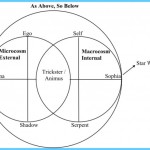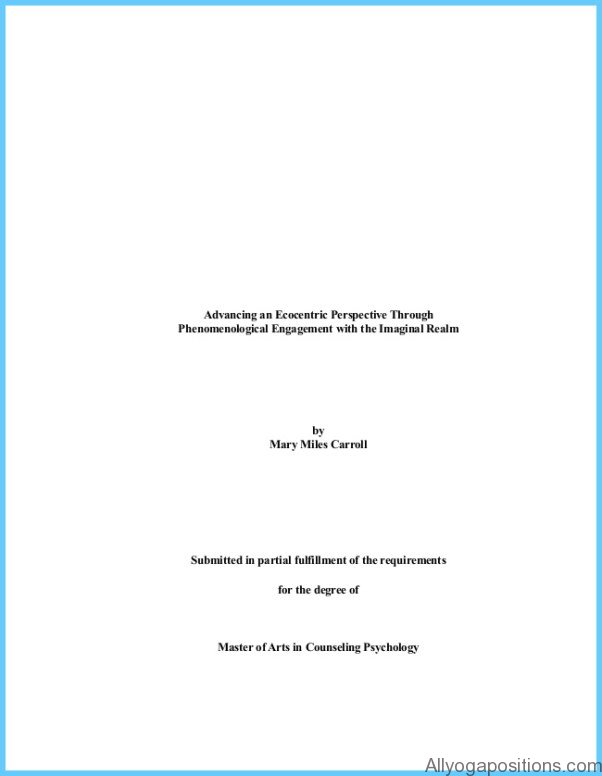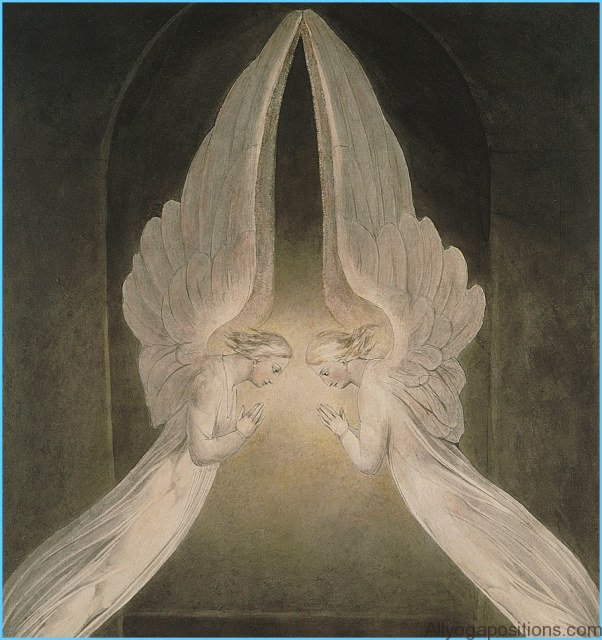You said we have multiple intentions swirling inside us, that they collide and work against each other. How can I be sure unconscious intentions aren’t interfering when I meditate? How can I be sure my intention is correct, assuming there is such a thing?
Intention is the driver. Intention gets things done. If you say you intended to do something but you never got around to doing it, you are actually talking about wishes. A wish is a preformulation of an intention. A wish becomes an intention when you focus on it, instil it with energy, and enact it to achieve a particular goal.
We observed earlier that many intentions are unconsciously formed and activated. The gloopy self s defensive strategies, in which it attacks another when it feels threatened, or when it deflects or runs away, are behavioural patterns that were set in motion long ago, typically during childhood. They now operate on auto-pilot. They are examples of behaviour that is unconsciously intended.
Other intentions are more consciously shaped, but have a similar defensive purpose. Let’s say, for example, that at your place of work you strategise to get a pay rise or promotion. That may require you to step on another’s toes, or to be obsequious, or to falsely present your own or another’s abilities. This type of crafty behaviour is deliberately and consciously intended. It is a manifestation of your gloopy self.
HOW DO I USE INTENTION TO EXPLORE IMAGINAL REALMS Photo Gallery
We mention these two kinds of gloopy intention because, when you cross the threshold and enter the imaginal realm, if you are motivated by unconscious or crafty intentions you will not do well. Purity of intention is required to forge an energetic and spiritual relationship with those you encounter.
Spiritual identities easily see when you are driven by gloopy intentions. It appears as a fog on your energetic envelope and adds discolouration to your communications. It is then up to the identity to decide whether or not it will ignore your gloop and communicate with you. If the identity doesn’t know you, it will likely shy away. Only if you have already established a relationship is the identity likely to ignore the gloop. Just as you do when dealing with others you care for, it would rationalise that the gloop is a passing phase, which it hopes will be dispelled as the two of you come into alignment. Of course, there is also the possibility that an identity who enjoys human gloop will be attracted to you, to your possible discomfort.
This explains why so many interactions between human beings and spiritual identities involve a teaching relationship, with non-embodied spirits offering advice to the embodied. Most embodied individuals possess some gloopiness. They also go through periods when the level of their gloopy energy goes up and down. Spiritual identities most commonly look past the gloop and interact because (1) they perceive an individual’s potential, (2) they recognise that a particular form of gloopiness is part of the incarnate individual’s life plan, or (3) a wider intention is in play and an individual has a role to perform, being a small cog in a larger, probably unseen, wheel. It could be said that in such situations communication is sustained, and gloopiness is ignored, for the sake of the greater good.
The greater good operates on a number of levels. Your personal greater good consists of the evolving spiritual identity of which your current human self is a small contributing part. Your evolving spiritual identity, in turn, contributes to the greater good of the extensive entity of which it is a fragment. Physically and planetwide, the greater good involves the communities in which you live and the biosphere in which humanity exists. Humanity’s greater good extends across generations, such as when people plant trees for the sake of those who will be born long after they are deceased, or when people create educational materials, such as this book, for others they don’t know, whether they are currently living or yet to be born. All these are aspects of what we mean by the phrase the greater good.
We introduce this idea here because when you initiate a journey into the imaginal realm, and when you seek information or help from those existing there, it is useful to keep in mind that what you are doing is for the greater good—your own, because you are aiding your personal growth, and others’, given that what you find will be shared. Keeping in mind your endeavours are for the greater good will help ensure that your intentions remain pure. Saying a small prayer before you begin meditating both helps focus your mind and reminds you to positively align your intention. Sustaining a sense of your smallness in relation to what you usually think of as being greater than you is also useful.
But don’t confuse this intent with being insignificant. Don’t think that, given the vastness of what is, whatever you do doesn’t matter. That is your gloopy self talking. The fact is that if a machine lacks a small cog it won’t work. Similarly, everyone, no matter how big or small, is a cog in a larger wheel. There is always someone who is more able than you, and someone else who doesn’t know and can’t do what you know and can do. So remember that whatever you bring back from the imaginal realm is not only significant to you, it will also be useful to those you share it with. It contributes to the greater good.
If you establish this mindset, we assure you your intentions will always be correctly aligned and your meditation practice will produce sound outcomes.
























